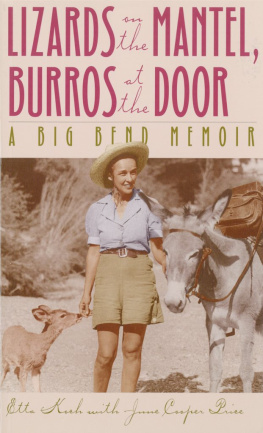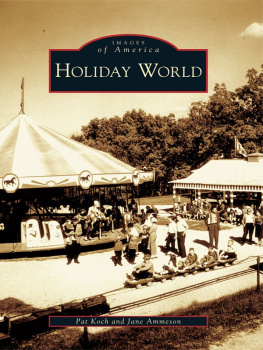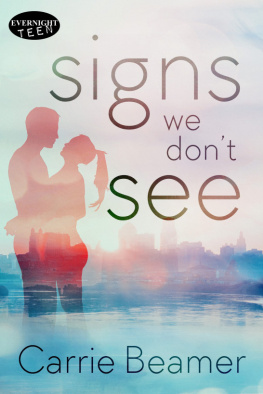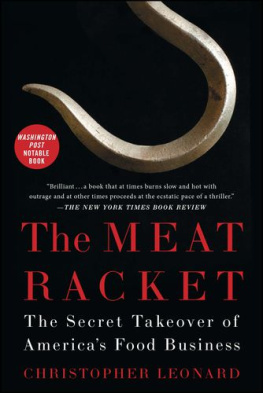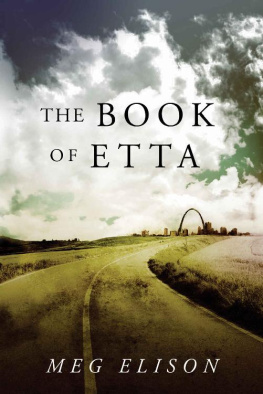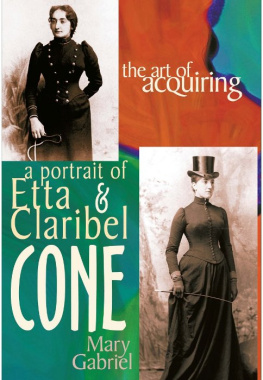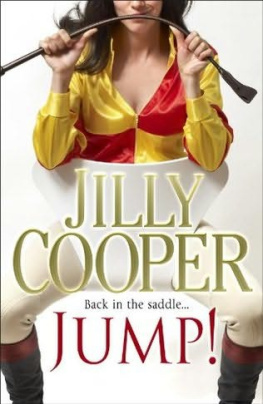Lizards on the Mantel, Burros at the Door

Lizards on the Mantel, Burros at the Door
A BIG BEND MEMOIR
Etta Koch with June Cooper Price
Photographs by Etta and Peter Koch and Others

University of Texas Press, Austin
Have Some Beans? appeared in a slightly different version in the Alpine Avalanche, February 22, 1996, p. A13.
Kaufmans Draw was published in part in the Alpine Avalanche, April 22, 1976.
Except where stated otherwise, illustrations are from the collection of Etta Koch.
Copyright 1999 by Etta Koch and June Cooper Price
All rights reserved
Printed in the United States of America
Third paperback printing, 2009
Requests for permission to reproduce material from this work should be sent to: Permissions
University of Texas Press
P.O. Box 7819
Austin, TX 78713-7819
www.utexas.edu/utpress/about/bpermission.html
Library of Congress Cataloging-in-Publication Data
Koch, Etta, 19042004
Lizards on the mantel, burros at the door : a Big Bend memoir / Etta Koch with June Cooper Price ; photographs by Peter and Etta Koch and others.1st ed.
p. cm.
ISBN 978-0-292-74339-7 (pbk. : alk. paper)
ISBN 978-0-292-74597-1 (e-book)
ISBN 9780292745971 (individual e-book)
1. Big Bend National Park (Tex.)Description and travel. 2. Big Bend National Park (Tex.)Biography. 3. Frontier and pioneer lifeTexasBig Bend National Park. 4. Koch, Etta, 19042004. 5. Koch family. I. Price, June Cooper, 19332008. II. Title.
F392.B53K63 1999
976.4932-dc21
98-47018
To My Family
past, present, and future

Big Bend National Park (circa 19451950)
Foreword
ETTA LINDEMAN GREW UP with the twentieth century. She was born in 1904 in Dayton, Ohio, and spent her childhood in a comfortable middle-class home. She was an energetic and creative child with many talents. She began writing while in elementary school. Her fictional character, Dorothy Perkins, was named for her favorite rose bush. Dorothy traveled the world in search of adventure, perhaps a prelude to Ettas own future.
Etta was also an accomplished pianist and singer. As a teenager and young adult she continued her studies in piano and enjoyed tap and ballet classes as well as classes in creative writing in the evenings after work at her daytime job a& a secretary. In the years 1929 to 1931, with the help of a co-worker, she wrote and directed several full-length musical productions for her employer, the Cincinnati Gas and Electric Company. In the evenings she made all the costumes from her own designs. These productions were performed, as fund-raisers, at Emery Auditorium in downtown Cincinnati. She, her sister Emma, and several others also performed semiprofessionally for numerous organizations at functions throughout the city.
She became ill in her early twenties and it was feared she had tuberculosis, though tests proved negative. She was, however, diagnosed with chronic asthma and her high-energy life-style came to an end.
About this time she went with friends to an outdoor nature club meeting where she met Peter Koch, a photographer for the Cincinnati Times Star. They were married in 1932. Several years later they moved to the suburbs to raise their family. It was here, in 1944, that they first planned their trip to the West, where they hoped Etta would regain her health and strength in the dry climate of the desert.
After years as a newspaper photographer, Pete looked forward to the move. He planned to devote himself full-time to producing wildlife films. At that time lecturers presented silent, feature-length, 16 mm, full-color motion pictures with personal narration, a precursor to the nature programs that can be seen on television today. These films were booked through an agent into lecture halls, universities, and natural history museums across the nation.
In the fall of 1944 Etta and Pete sold their house, furnishings, and the beloved grand piano, and moved their three young daughters into the twenty-three-foot trailer house that they named Porky, the Road Hog. Their travels would take them to the Smoky Mountains and the bayous of Louisiana for Petes filming before they turned toward their destination in Arizona. It was with a mixture of hope and regret that Etta, now forty, said good-by to her relatives and the green hills of Cincinnati to begin a new life in the West.

Acknowledgments
FIRST, AND MOST IMPORTANT, I am so grateful to my mother, Etta Koch, for having kept detailed diaries, typed reams of long long letters to her relatives, photographed our family life, and altered her life-style so that, in spite of her doubts, our family could have the experience that was pioneer Big Bend National Park. It is also important to mention that without Mothers outline and first draft this manuscript would still be a pile of letters at the bottom of her trunk.
I want to thank my two sisters. Betsy was often called upon to recall details of our childhood in Big Bend, and she assisted me with early expansions of the manuscript. Patty took time from her own pursuits to patiently retype fading carbon copies of Mothers letters on her new word processor, thereby simplifying my job.
To the author Bill Wright I am grateful for his encouragement to a stranger to get it in the mail, and for seeing to it that we did.
An abundance of help came from Shannon Davies, who was our sponsoring editor at U. T. Press, and from her readers. They helped immensely in improving the continuity and clarity of each new revision. There are othersparticularly Mandy Woods at U. T. Press and Charles Purrenhage, a free-lance manuscript editor, both of whom showed unlimited patience with a novice in the art of book publishing.
There was always a warm welcome from Melleta Bell and her assistants Gaylan Corbin and Troy Solis at the Sul Ross Archives of the Big Bend. They guided me to the references in their vast collection that would be most useful. I must also express the familys appreciation for their care of, and interest in, the photographs in the Peter Koch Collection now residing in the Archives of the Big Bend.
Ross Maxwells Big Bend Country (published by the Big Bend Natural History Association, Big Bend National Park, Texas, in 1985) was a reference to which I often turned to refresh my memory concerning the time line of the first years of the park, since many of Mothers letters were undated. I also relied on Mirages, Mysteries and Reality: Brewster County, Texas, by Dr. Clifford Casey (published by Pioneer Book Publishers, Seagraves, Texas, 1972; 2nd printing 1974). In addition, the oral history transcription of Lovie Langford Whitakers interview, found in the Archives of the Big Bend at Sul Ross University, was an interesting and useful resource. Dr. Barton H. Warnocks Wildflowers of the Big Bend (published by Sul Ross University in 1970) resolved the spelling alternatives of the local plant species mentioned.
Interestingly, Maggys (or Maggies) name has been spelled both ways by those who have written about her. However, those who knew her best in the early days tend to spell it with the

